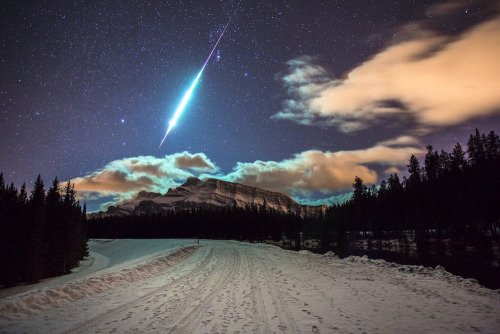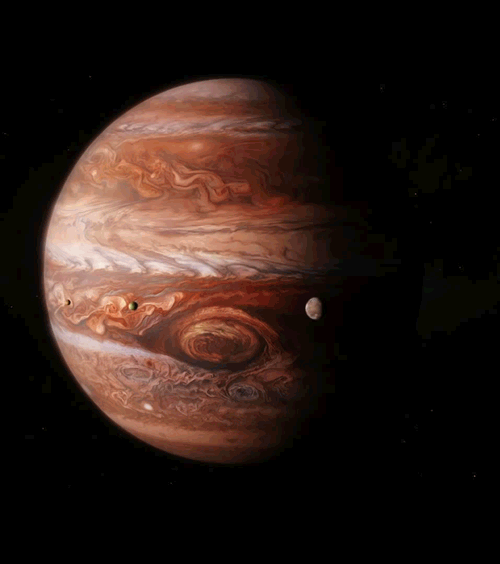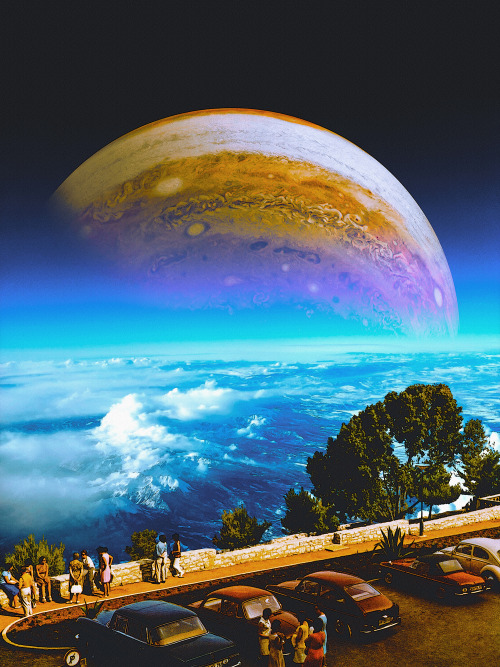Babyscummers - SadboysyobdaS

More Posts from Babyscummers and Others





Imagine yourself in space

This is the Whale Galaxy! 🐳🐳🐳
This galaxy’s strange shape comes from interactions with a smaller dwarf galaxy seen above it. This has resulted in high numbers of supernovae from rapid star formation blow wind and dust out of the galaxy in a “superwind”! ✨✨✨
Taken by me (Michelle Park) using the Slooh Canary Two telescope on February 8th, 2021 at 3:57 UTC.
The Perseid Meteor Shower Is Here!

Image Credit: NASA/Bill Ingalls
The Perseids are at their peak this week!
The Perseid meteor shower, one of the biggest meteor showers of the year, will be at its brightest early in the morning on Wednesday, August 12. Read on for some tips on how to watch the night sky this week – and to find out: what exactly are the Perseids, anyway?

Credit: NASA/Bill Ingalls
Your best chance to spot the Perseids will be between 2 AM and dawn (local time) the morning of August 12. Find a dark spot, avoid bright lights (yes, that includes your phone) and get acclimated to the night sky.
Your eyes should be at peak viewing capacity after about 30 minutes; though the Moon may block out some of the dimmer meteors, you should still be able to see up to 15-20 an hour. If you’re not an early bird, you can try and take a look soon after sunset (around 9 PM) on the 11th, though you may not see as many Perseids then.

Credit: NASA/MEO
If it’s too cloudy, or too bright, to go skywatching where you are, you can try again Wednesday or Thursday night – or just stay indoors and watch the Perseids online!
Our Meteor Watch program will be livestreaming the Perseids from Huntsville, Alabama on Facebook (weather permitting), starting around 9 p.m. EDT on August 11 and continuing through sunrise.
So… why are they called the Perseids?
Because all of a meteor shower’s meteors have similar orbits, they appear to come from the same place in the sky – a point called the radiant.

The radiant for the Perseids, as you might guess from the name, is in the constellation Perseus, found near Aries and Taurus in the night sky.
But they’re not actually coming from Perseus, right?

Credit: NASA/Joel Kowsky
Right! The Perseids are actually fragments of the comet Swift-Tuttle, which orbits within our solar system.
If you want to learn more about the Perseids, visit our Watch the Skies blog or check out our monthly “What’s Up” video series. Happy viewing!
Make sure to follow us on Tumblr for your regular dose of space: http://nasa.tumblr.com

view of jupiter.
posters and more available - shops in my bio :)

Lately Ive Been Singing Love Songs By Myself ….

-
 tempusvinciomnia reblogged this · 1 month ago
tempusvinciomnia reblogged this · 1 month ago -
 lilashyboi liked this · 2 months ago
lilashyboi liked this · 2 months ago -
 xombiedaddee liked this · 2 months ago
xombiedaddee liked this · 2 months ago -
 mutethenoise reblogged this · 2 months ago
mutethenoise reblogged this · 2 months ago -
 l-oveyou reblogged this · 2 months ago
l-oveyou reblogged this · 2 months ago -
 lunar-l reblogged this · 1 year ago
lunar-l reblogged this · 1 year ago -
 lunar-l liked this · 1 year ago
lunar-l liked this · 1 year ago -
 pernobusperi liked this · 1 year ago
pernobusperi liked this · 1 year ago -
 diecesmentzacma liked this · 1 year ago
diecesmentzacma liked this · 1 year ago -
 youarewhatihavebeenlookingfor reblogged this · 2 years ago
youarewhatihavebeenlookingfor reblogged this · 2 years ago -
 carpe-cullen liked this · 2 years ago
carpe-cullen liked this · 2 years ago -
 aufzug-richtung-hoelle reblogged this · 2 years ago
aufzug-richtung-hoelle reblogged this · 2 years ago -
 tgxgoodies reblogged this · 2 years ago
tgxgoodies reblogged this · 2 years ago -
 tgxgoodies liked this · 2 years ago
tgxgoodies liked this · 2 years ago -
 whatisloveidk6969 reblogged this · 2 years ago
whatisloveidk6969 reblogged this · 2 years ago -
 whatisloveidk6969 liked this · 2 years ago
whatisloveidk6969 liked this · 2 years ago -
 vivimi--senza-paura reblogged this · 2 years ago
vivimi--senza-paura reblogged this · 2 years ago -
 vivimi--senza-paura liked this · 2 years ago
vivimi--senza-paura liked this · 2 years ago -
 hidrogenper0xid liked this · 2 years ago
hidrogenper0xid liked this · 2 years ago -
 kikky reblogged this · 2 years ago
kikky reblogged this · 2 years ago -
 kikky liked this · 2 years ago
kikky liked this · 2 years ago -
 csabito-leckek reblogged this · 2 years ago
csabito-leckek reblogged this · 2 years ago -
 csabito-leckek liked this · 2 years ago
csabito-leckek liked this · 2 years ago -
 aboveallkingz reblogged this · 2 years ago
aboveallkingz reblogged this · 2 years ago -
 swanlakeparadise liked this · 2 years ago
swanlakeparadise liked this · 2 years ago

Shoot for the moon, Even if you miss you’ll land among the stars 🌌
110 posts